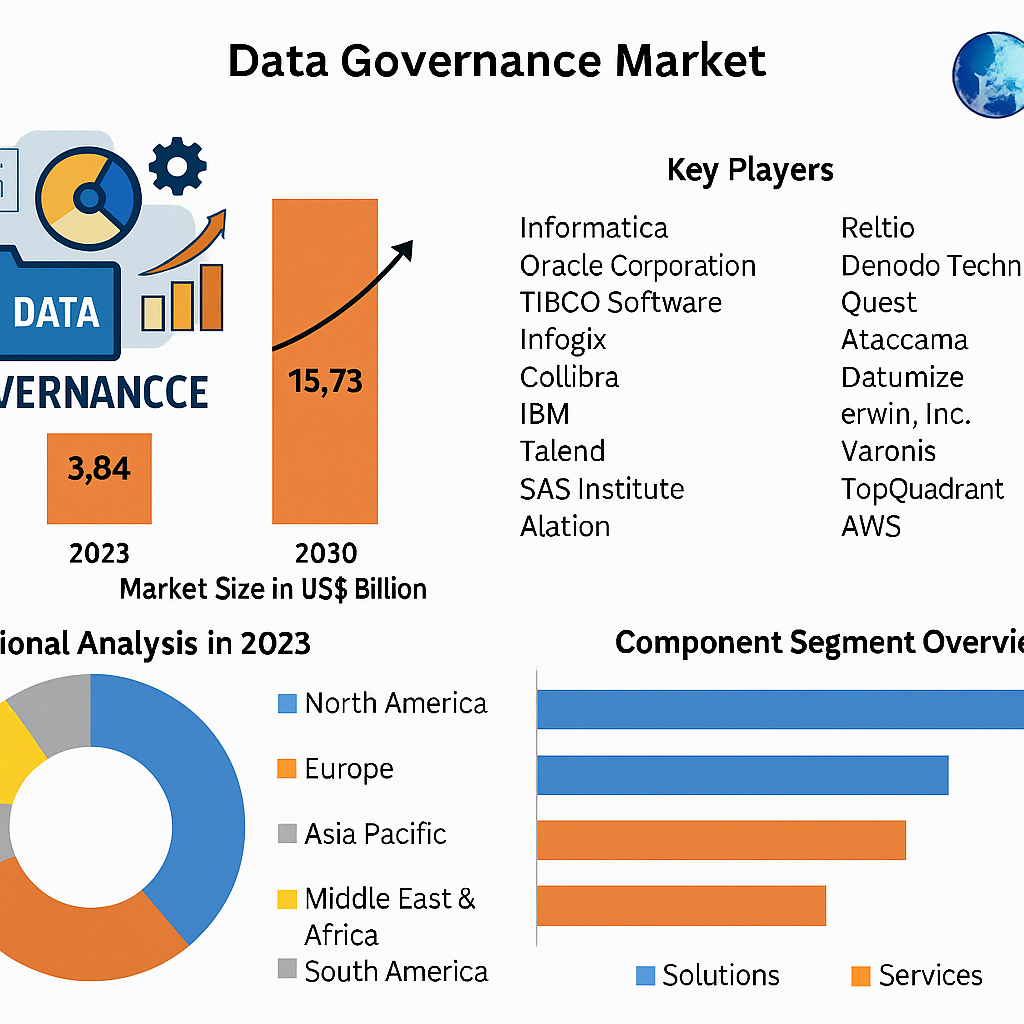The global Mixed Reality (MR) market Size is experiencing a significant surge, with projections indicating a rise from USD 1.69 billion in 2023 to an estimated USD 22.28 billion by 2030. This growth, at a compound annual growth rate (CAGR) of 44.5%, underscores the transformative impact of MR technologies across various industries.
Defining Mixed Reality and Market Estimation
Mixed Reality seamlessly integrates the physical and digital realms, creating immersive environments where real and virtual elements coexist and interact in real-time. This technology encompasses a spectrum that includes augmented reality (AR) and virtual reality (VR), offering applications in sectors such as healthcare, automotive, aerospace, entertainment, and e-commerce. The escalating adoption of MR solutions is driven by advancements in hardware and software, coupled with the increasing demand for interactive and immersive user experiences.
Get Sample Copy Of The Report: https://www.maximizemarketresearch.com/request-sample/28703/
Drivers of Market Growth and Emerging Opportunities
Several factors are propelling the MR market forward:
- Technological Advancements: The proliferation of 5G networks and the Internet of Things (IoT) has enhanced MR capabilities, enabling more responsive and interconnected experiences.
- Industry 4.0 Integration: The convergence of MR with Industry 4.0 initiatives is revolutionizing manufacturing processes, facilitating real-time data visualization, and improving operational efficiency.
- Healthcare Innovations: MR is transforming medical training and patient care by providing interactive simulations and real-time data overlays, enhancing diagnostic accuracy and surgical precision.
- Consumer Engagement: In retail and entertainment, MR offers novel ways to engage consumers, from virtual try-ons to immersive gaming experiences, driving brand interaction and loyalty.
Segmentation Analysis
The MR market is segmented based on components, device types, and applications:
- By Component:
- Software: Dominates the market, driven by the need for robust platforms that support MR applications across various devices and industries.
- Hardware: Includes head-mounted displays, sensors, and input devices essential for delivering MR experiences.
- By Device Type:
- Wireless Devices: Gaining traction due to their portability and ease of integration into various settings.
- Wired Devices: Preferred in scenarios requiring high-fidelity visuals and stable connections, such as in professional training environments.
- By Application:
- Entertainment & Gaming: Experiencing rapid growth as developers create more immersive and interactive content.
- Healthcare: Utilizing MR for surgical simulations, diagnostics, and patient education.
- Automotive & Aerospace: Employing MR for design visualization, prototyping, and maintenance training.
- Education: Enhancing learning experiences through interactive simulations and virtual classrooms.
Country-Level Insights: USA and Germany
- United States: As a technological hub, the U.S. leads in MR adoption, particularly in healthcare, defense, and entertainment sectors. Investments in R&D and a robust startup ecosystem contribute to its dominant market position.
- Germany: Known for its engineering prowess, Germany integrates MR into automotive and industrial manufacturing processes. The country’s focus on precision engineering and innovation fosters the adoption of MR technologies in design and production workflows.
Competitive Landscape
The MR market is characterized by the presence of key players who are investing in research and development to enhance their offerings:
- Microsoft Corporation: With its HoloLens platform, Microsoft is at the forefront of MR innovation, catering to enterprise and healthcare applications.
- Meta Platforms, Inc.: Formerly Facebook, Meta is expanding its MR capabilities through investments in hardware and the development of the metaverse ecosystem.
- Google LLC: Leveraging its expertise in software and cloud computing, Google is developing MR solutions that integrate seamlessly with its existing platforms.
- Samsung Electronics Co., Ltd.: Combining hardware manufacturing with software development, Samsung is creating MR devices that cater to both consumer and enterprise markets.
View Complete Report: https://www.maximizemarketresearch.com/market-report/global-mixed-reality-market/28703/
The global Mixed Reality market is on an accelerated growth trajectory, driven by technological advancements and increasing cross-industry applications. As MR continues to redefine user experiences and operational processes, stakeholders across sectors are poised to benefit from its transformative potential. The integration of MR into everyday life signifies a shift towards more interactive, efficient, and immersive environments, heralding a new era of digital interaction.


